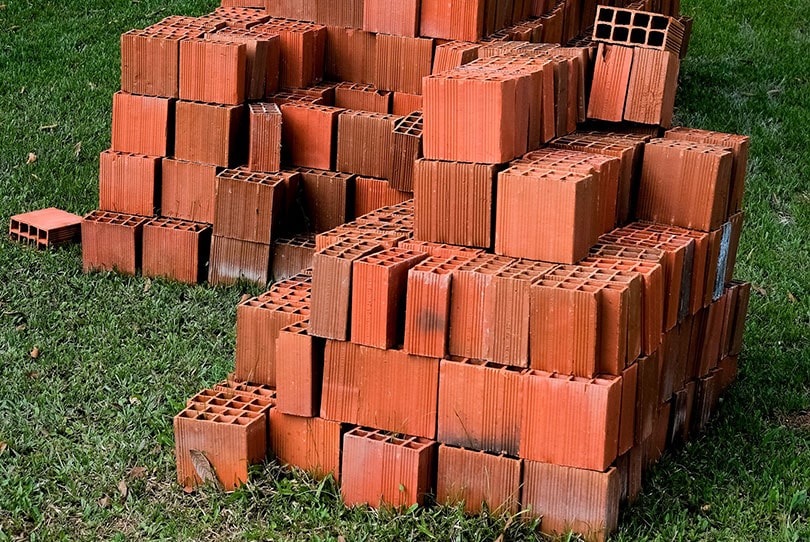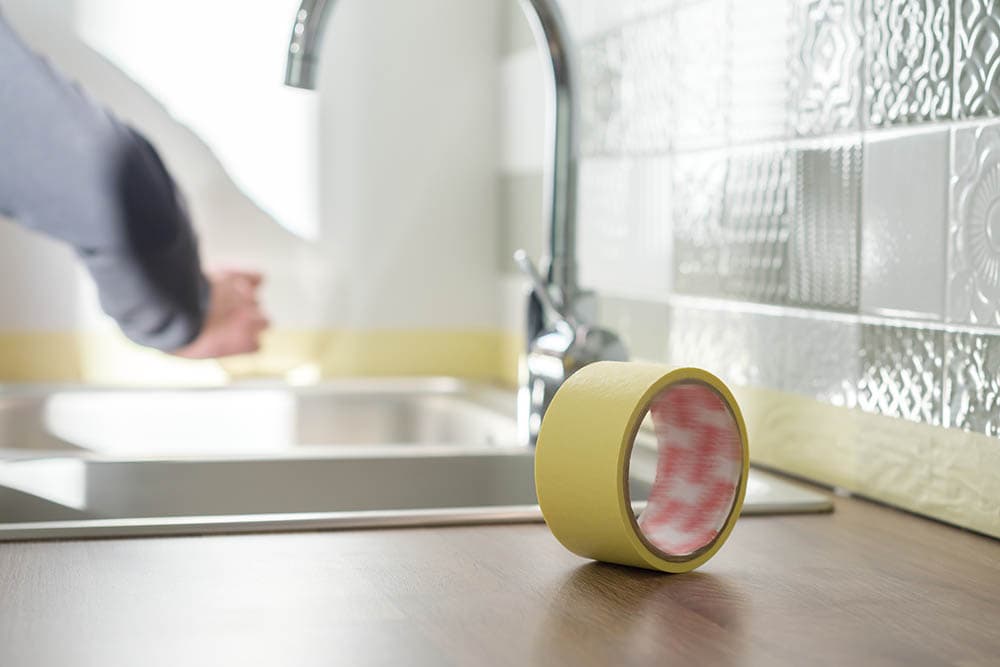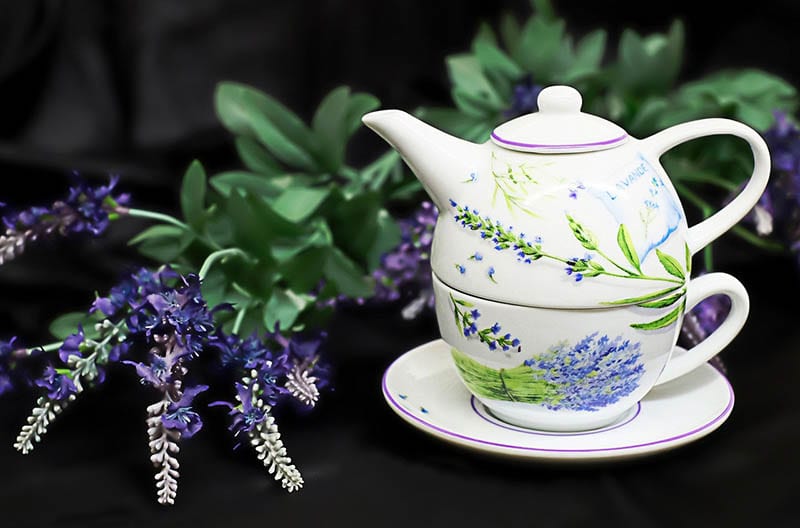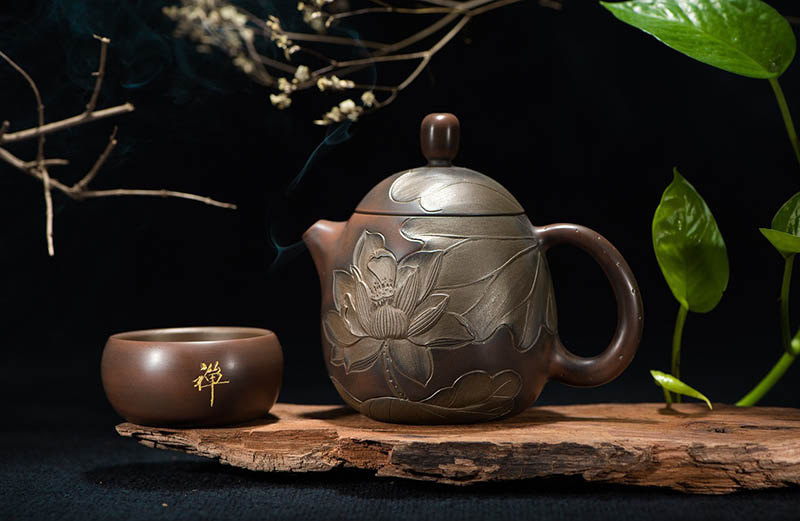Is Ceramic Recyclable? How Is It Properly Disposed?
-

- Last updated:

Ceramic is a hard material made by firing a material like clay. There are different types of ceramic, typically defined by the primary inorganic material used in its construction. Common examples include earthenware and pottery. Ceramic is recyclable, but many recycling centers will not accept the material, which means that you may need to find a specialist center—usually, one that recycles bricks and masonry will also recycle ceramics.
Alternatively, you can upcycle, sell, or donate your old ceramics, and you should never smash them before trashing them. Read on for more information on how to recycle ceramic and what else you can do with your old crockery and other ceramic items.

What Is Ceramic?
Ceramics are inorganic manmade materials made by heating materials like clay to very high temperatures. They are hard and tend to be resistant to corrosion and heat. Although traditional ceramics were clay-based, modern versions are made from a wide range of different materials and can combine several base materials to give a range of features and benefits.
The material is considered one of the oldest man-made tools and some examples have been dated 18,000 years old.
- Earthenware – Earthenware consists of clay that has been heated to around 1,000°C. This lower heating temperature means that the resulting ceramic is somewhat porous, so earthenware items are usually glazed, which involves dampening the pottery before firing it for a second time.
- Stoneware – Stoneware is made from similar materials to earthenware but is heated to 1,200°C. This extra heat gives the clay a non-porous surface that is similar to that of glazing. Stoneware does not need glazing and does not require a second firing.
- Porcelain – The primary material used in porcelain is clay, but it is combined with glass, granite, and feldspar. Feldspar is a type of silicate made up of aluminum and contains sodium, potassium, and other elements. Water is added to the mixture so that it can be worked, and the resulting porcelain is heated to temperatures as high as 1,450°C. The porcelain may be fired a second time with a decorative glaze added.
- Bone China – Bone China is another type of porcelain that consists primarily of clay and feldspar but has silica sand and, crucially, ash from cattle bones added to the mixture.

Recycling Ceramics
Although ceramics can usually be recycled, they can’t be put with general household recycling, which means that you need to find a recycling center that will deal with this type of material, and they can be difficult to locate.
Cracked and broken ceramics can have very sharp edges, so you do need to take care when disposing of them. You can either put them in a separate, sturdy bag and mark the bag as broken glass or ensure that they are in a sturdy bag in your waste. The sturdy bag will help protect whoever picks up the rubbish from cuts.
What to Do With Old Ceramics
If you have old ceramics, the best way to reuse or dispose of them will depend on their condition. For example, if you have old crockery that is still in good working order but you no longer want to use it, you can donate or sell it. If it is completely broken, you may still be able to reuse or repurpose it.
1. Gift or Donate Them

If the ceramics are in good condition and can still be used, gift them to a friend or family member. If anybody has ever admired a particular piece, and you’re now looking to get rid of it, it’s a good opportunity to safely get rid of your old plate or entire porcelain dinnerware set without having to recycle them.
Alternatively, some local charities, especially homeless shelters, need items like crockery, so it is worth seeing if any in your area are looking for this kind of item.
2. Upcycle Them
You can break crockery down into smaller pieces and, using grout sealer, grout, and a good collection of crockery pieces, you can create a mosaic. The mosaic can be fixed to the outside of planters, stuck to an exterior wall, or even turned into a piece of wall art with a little imagination and patience. Always handle broken crockery with care, however, and, ideally, a pair of thick gloves.
3. Turn Them into Art

Decorative plates and crockery have long been used as ornaments. You can get display cabinets, plate hangers, and crockery stands, which means that you can turn your tired but still attractive pieces of crockery into a display without having to break them and affix them to plant pots.
4. Sell Them
Some crockery, especially older pieces and those by well-known artists might still be worth some money. Have your pieces checked by an antique expert. Even if they’re only worth a few dollars, if you have a large collection, the value can soon add up.
5. Recycle Them

If all else fails, collect your broken crockery into a strong bag or other container and contact your local recycling centers. Ask if they accept ceramics before you visit to save you a wasted journey and drop them off for recycling.
Ceramics are made from natural materials, but there are numerous examples of pieces of ceramics from thousands of years ago, which shows that this type of material can take 1,000 years or more to biodegrade when placed in landfill. Recycling is the more environmentally beneficial solution, as long as you can find somewhere to accept them.

Conclusion
Ceramic is made from clay and other materials and is most commonly used to make items of crockery like plates, cups, and bowls. When broken, they can be sharp and take 1,000 years or more to fully break down in a landfill.
Although broken ceramics cannot be placed in your curbside recycling collection, you can find recycling centers that deal with and accept this type of material so that you can recycle them. Alternatively, you could convert broken plates and other broken items into mosaic art or donate undamaged crockery to a local shelter or charity shop.
Featured Image Credit: Matt W Newman, Unsplash
Contents
